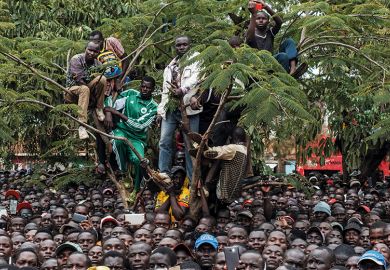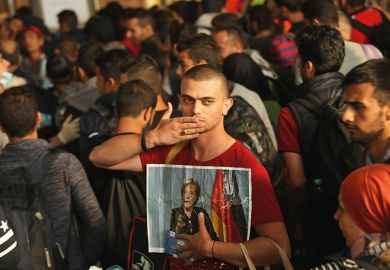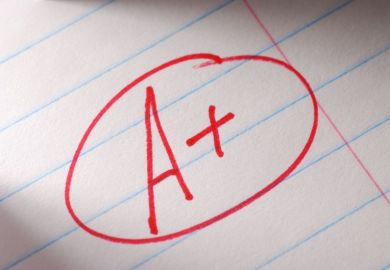The World Bank is spending $9 billion (£8 billion) to help nations build university campuses worldwide, as it grows increasingly clear on the need to expand its focus into the post-secondary arena, a top bank official said.
The portfolio consists of more than 300 projects, making the World Bank one of the largest funders of higher education anywhere, Mamta Murthi, the World Bank’s vice-president of human development, told Times Higher Education’s World Academic Summit.
The World Bank, an affiliate of the United Nations system, uses money from wealthier nations to provide grants and loans for development projects.
Its higher education investment is a response to surging demand and need, especially among lower-income nations and lower-income citizens of wealthier nations, Dr Murthi told the THE summit.
“There’s a lot of action in developing countries – that’s where a lot of institutions need to be built,” she said. “Those universities really need to be responsive to the needs of the local economy, and they need to be a force for actually bringing opportunity and equality to those societies.”
The World Bank’s commitment was “incredibly important,” said Joanna Newman, secretary general of the Association of Commonwealth Universities (ACU), given the bank’s history of relatively limited previous interest in the sector.
“We’re not very high up on the list” for World Bank attention, Dr Newman told a separate gathering at the THE summit, “whereas primary and secondary education is.”
The ACU has more than 500 member institutions in 50 countries associated with a history of British rule. Those nations are seeing “huge demand” for higher education, Dr Newman said, in a reality where about three-quarters of all current enrolment is in the Global North, and just 8 per cent exists throughout sub-Saharan Africa.
Dr Murthi acknowledged the gaps and the need to address them with campuses inside the countries of need, or near them. Last year, she said, there were 220 million students in post-secondary systems worldwide, more than double the level of 2000. The number is estimated to reach 380 million by 2030, she said.
But there are also wide inequities inside developed countries, Dr Murthi said. Examples include France, where 65 per cent of students from families in the highest fifth by income enrol in higher education, compared with just 30 per cent from the lowest fifth, she said. In India those ratios are 40 per cent from the highest fifth versus 5 per cent from the lowest fifth, and 8 per cent versus 0 per cent in Senegal, she said.
The World Bank, in arguing to its donor nations for more higher education funding, Dr Murthi said, estimates a global total of $11 trillion in lost earnings if educational losses due to Covid are not addressed.
After the summit, the World Bank said that the $9 billion figure was “inclusive of efforts over the past eight years and across around 300 projects that span an enormous variety of interventions and reform efforts designed in collaboration with the countries being supported and targeting their specifically identified needs and challenges.
“In some cases, existing and new institutions receive funding, but in others, for example, we support research and innovation activities, equity and inclusion efforts, financing and governance reforms, technical and vocational post-secondary education efforts, climate change and resilience planning, and many, many others.”
The bank said that tertiary education accounted for almost 30 per cent of its total education lending portfolio. “It is a major investment and policy area for us, and has been for decades,” the bank said.
Register to continue
Why register?
- Registration is free and only takes a moment
- Once registered, you can read 3 articles a month
- Sign up for our newsletter
Subscribe
Or subscribe for unlimited access to:
- Unlimited access to news, views, insights & reviews
- Digital editions
- Digital access to THE’s university and college rankings analysis
Already registered or a current subscriber?








